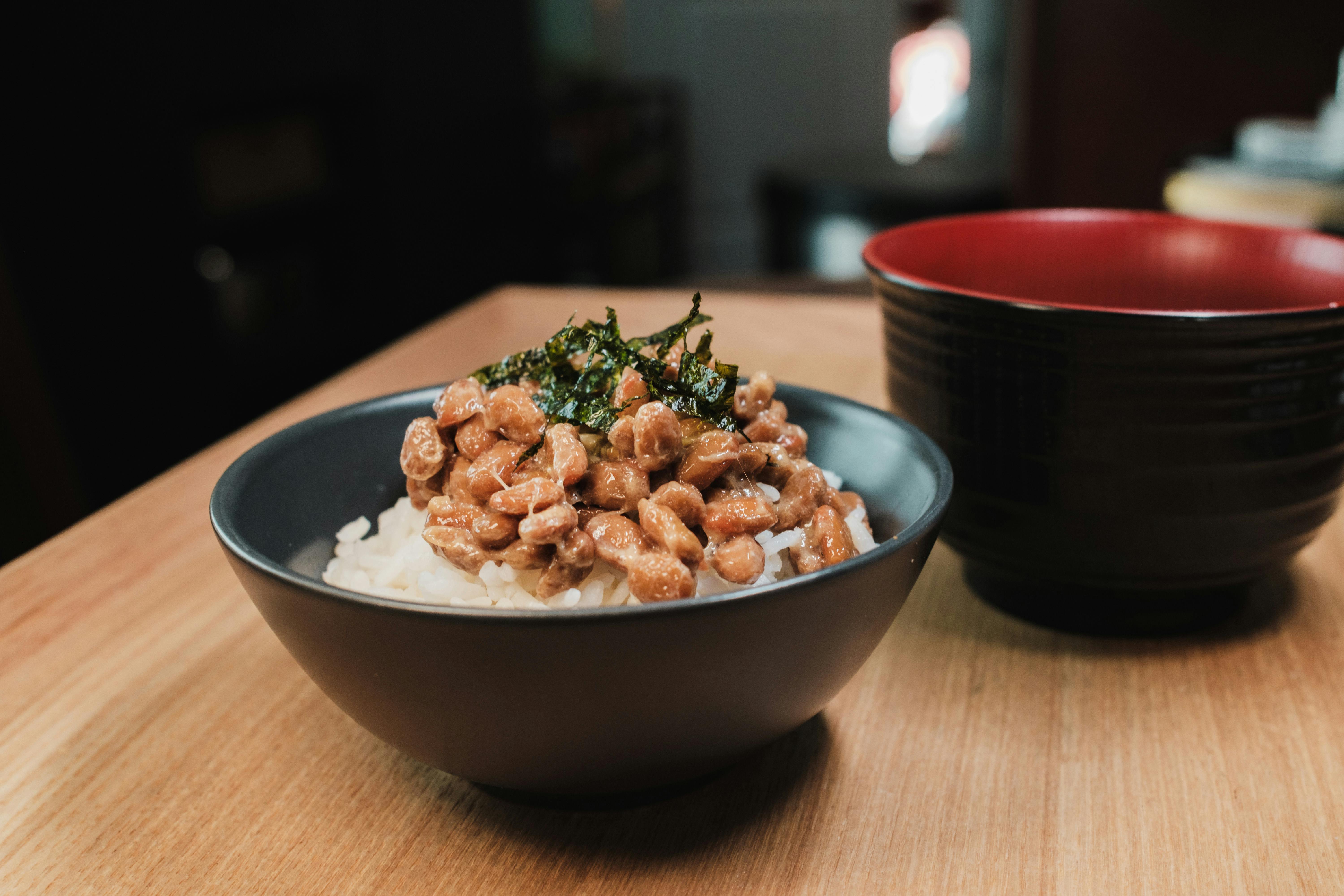Best Post-Workout Meals to Maximize Recovery
Fueling your body correctly after exercise is essential for muscle recovery, performance, and overall progress. With fitness routines growing more intense and personalized, understanding the best post-workout meals has become a vital part of any health journey. In this guide, you’ll learn which nutrients matter most, how to build effective post-workout meals, and strategies to apply this knowledge to your daily routine.

Understanding the Fundamentals
To grasp the best post-workout meals, it’s important to understand what your body needs after physical activity. After exercising, your muscles are depleted of glycogen and slightly damaged—replenishing and repairing them is key to recovery and future performance.
Think of your muscles like a sponge: after being squeezed during a workout, they’re most ready to soak up nutrients right afterward. This window of opportunity is crucial to optimize gains and reduce fatigue.
1.1 The Role of Protein
Protein plays a central role in post-exercise recovery by repairing and building muscle tissue. Studies show consuming 20-40 grams of protein within two hours post-workout can significantly enhance muscle protein synthesis.
Whether from chicken breast, eggs, Greek yogurt, or plant-based options like tofu or lentils, protein should be a central part of your post-workout meal. A common misconception is that more protein equals more muscle—balance and timing are what really matter.
1.2 Importance of Carbohydrates
While protein steals the spotlight, carbohydrates are just as crucial. They restore glycogen levels depleted during exercise, especially important after high-intensity or endurance training.
Pairing complex carbs like quinoa, sweet potatoes, or brown rice with lean protein creates the ideal recovery meal. In contrast to low-carb trends, your body actually craves carbs post-exercise to perform at its best.
Practical Implementation Guide
Now that you understand what your body needs, let’s look at how to apply these fundamentals to your everyday life. Results don’t come from knowledge alone—it’s about consistent action and smart planning.

2.1 Actionable Steps
- Plan Your Meals: Identify your workout days and prepare meals in advance with a balance of carbs and proteins.
- Use Whole Foods: Prioritize natural sources—grilled chicken, brown rice, and vegetables are excellent staples.
- Timing Matters: Eat your post-workout meal within 30-90 minutes for optimal absorption and muscle recovery.
2.2 Overcoming Challenges
Common obstacles include lack of time, confusion over food choices, and inconsistent eating schedules. To tackle these:
- Meal prep on weekends to save time during busy weekdays
- Keep grab-and-go options like protein shakes or pre-cut veggies
- Set reminders to eat post-workout if your schedule is unpredictable
Experts also recommend tracking your intake to ensure you’re hitting your macronutrient goals. Apps or food journals can provide helpful feedback and motivation.
Advanced Applications
Once you’ve mastered the basics, it’s time to explore advanced strategies. These approaches help athletes, bodybuilders, and fitness enthusiasts take their performance and recovery to the next level.

3.1 Nutrient Timing and Cycling
Nutrient timing involves adjusting your intake based on your training schedule. For example, eating more carbs on heavy training days and reducing them on rest days supports recovery while managing weight. Case studies show this technique can boost lean mass while minimizing fat gain.
3.2 Integrating Supplements
Advanced athletes often combine whole foods with supplements like whey protein, BCAAs, or creatine. These can enhance results when used correctly, but should never replace real food. Be sure to choose high-quality products and consult a nutritionist if unsure.
Future Outlook
The science of post-workout nutrition continues to evolve. Innovations like personalized meal plans based on DNA or microbiome analysis are becoming more mainstream.
In the next 3-5 years, we can expect more integration of technology in food planning—think AI-based tracking, real-time blood glucose feedback, and smart kitchen appliances. To stay ahead, keep learning and remain flexible in your strategies.
Conclusion
To recap, the best post-workout meals combine protein and carbs to optimize recovery. Timing, food quality, and consistency are key factors. Avoid common mistakes like skipping meals or relying solely on supplements.
Start by preparing a few simple meals this week using the strategies shared above. Your performance, recovery, and overall health will thank you. Keep experimenting and track your progress—your best body is built one meal at a time.
Frequently Asked Questions
- Q: What should I eat after a workout? A mix of protein and carbohydrates like grilled chicken with quinoa or eggs with whole-grain toast is ideal.
- Q: How soon should I eat after exercising? Aim to eat within 30 to 90 minutes post-workout to maximize recovery benefits.
- Q: How long will it take to see results? With consistent meals and training, noticeable improvements can be seen in 4–8 weeks depending on goals.
- Q: Is post-workout nutrition expensive? Not necessarily. Whole foods like eggs, rice, and beans are affordable and effective.
- Q: Are protein shakes better than meals? Shakes are convenient, but whole food meals provide fiber and additional nutrients.
- Q: Is post-workout eating difficult? Not if planned. Keep meals simple, prep in advance, and stay consistent.
- Q: What about athletes or bodybuilders? They often require more calories and precise nutrient timing, but the core principles remain the same.